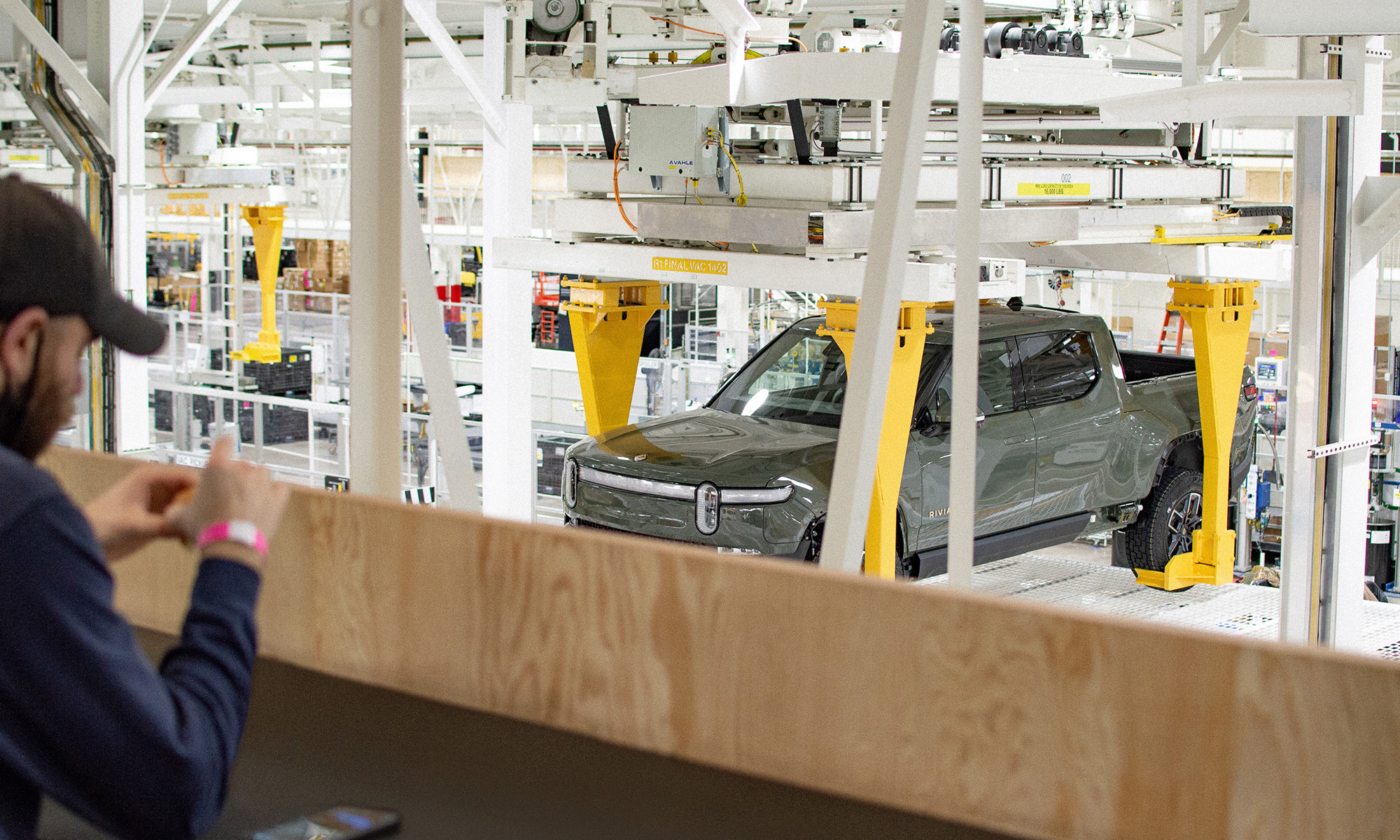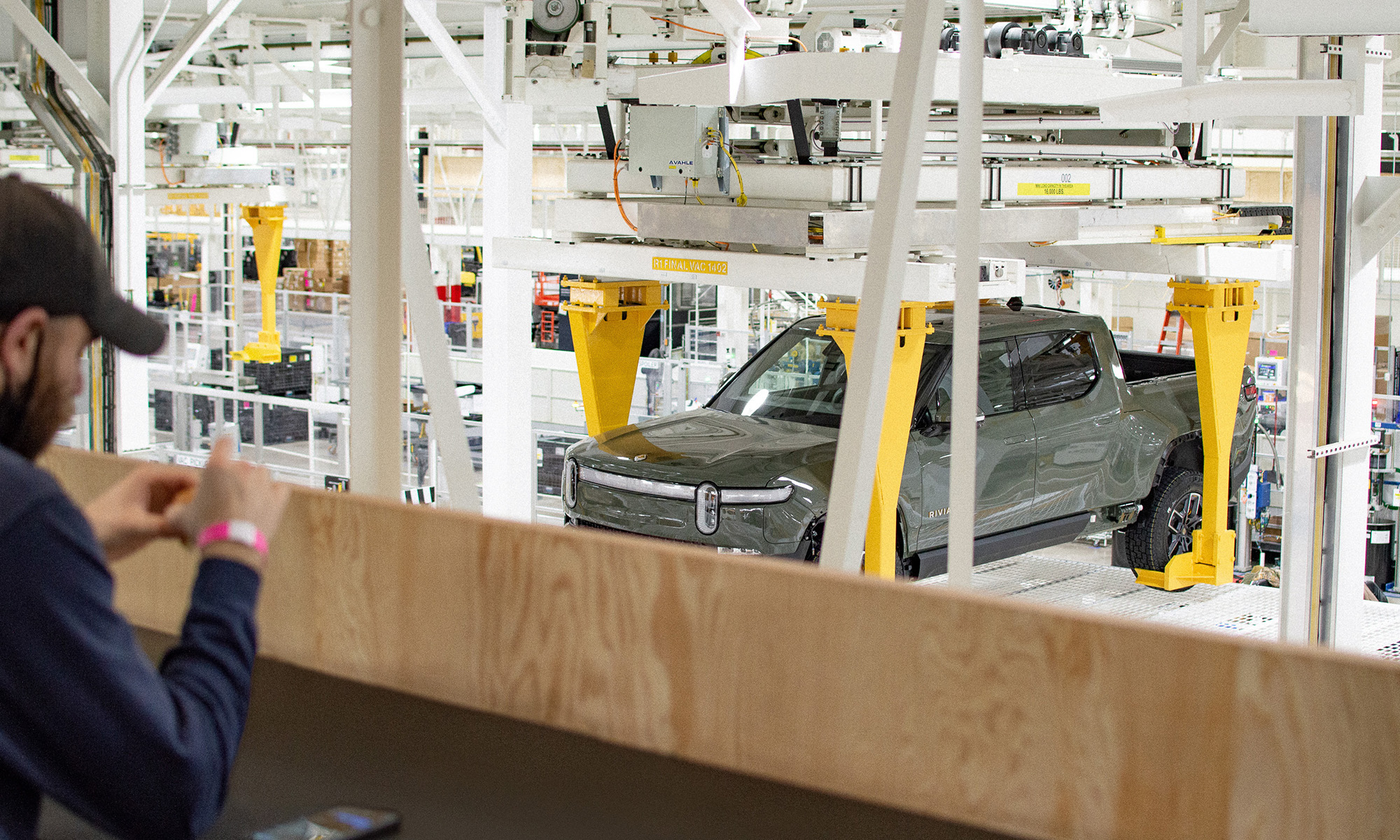Cash is the lifeblood of a business. Investors shouldn't underestimate the importance of this simple statement. If a company is using more cash than it is bringing in, it increases the chances of a bad outcome for investors. Electric vehicle (EV) maker Rivian (RIVN +0.11%) is a great example of the problem -- and a cautionary tale for current shareholders as well.
How much cash?
At the end of the first quarter of 2023, Rivian had $11.8 billion of cash on its balance sheet. That's a mixture of actual cash, short-term investments, and restricted cash (which isn't really accessible, but is still there just the same). That's a huge amount of money given the company's $23 billion or so market capitalization.

Image source: Getty Images.
Adding to the story here is the EV maker's fairly modest leverage. Its debt-to-equity ratio is a very reasonable 0.21. Lots of cash and little leverage would normally be seen as a huge positive for a company, giving it a solid foundation on which to grow its business.
But investors shouldn't get too comfortable. Rivian is an EV upstart that only went public in late 2021. In fact, when it held its initial public offering (IPO), it was afforded a valuation of around $100 billion. Given its current market cap, the clear takeaway is that investors aren't nearly as sanguine about the future here as they once were.

NASDAQ: RIVN
Key Data Points
Burning fast
The problem is actually fairly typical for a young company that is still trying to build out its business. The demand for cash is huge, especially because Rivian is building an electrical vehicle company, which requires massive up-front spending to support hoped-for revenue in the distant future. The increasing competition in the EV space is another negative given that it potentially hinders Rivian's long-term opportunity.
But just how bad is the cash burn? In the first quarter, Rivian had negative free cash flow of $1.8 billion. If you annualize that, you come up with a cash burn of around $7 billion a year (rounding down). At this rate, the cash Rivian currently has will only last about 1.5 years or so. That assumes it can take its cash balance down to zero, or close to it, which isn't usually a good idea for a company.
RIVN Cash and Equivalents (Quarterly) data by YCharts
As the chart above shows, meanwhile it has already burned through a lot of the cash it once had. The only way to resolve this issue will be to raise more capital. Given the rapid cash burn, that might have to happen fairly soon. The cost could be high.
With the stock down over 80% from its peak, selling shares will be highly dilutive to existing shareholders. And with interest rates on the rise, debt could be expensive, too. Both facts complicate the company's path toward sustainable profitability. Even if it does get there, the journey may not be all that rewarding for shareholders. Despite strong delivery results leading to a recent uptick in Rivian's stock price, any investor considering the EV maker today needs to pay close attention to the balance sheet.
Counting down
Rivian doesn't appear to be in any imminent risk, and that's thanks largely to the massive cash balance it has. But given the cash burn rate, it doesn't have a massive amount of time before it will need to start looking for additional capital.
If you own Rivian or are thinking about buying it, you may want to stay on the sidelines until it either slows the cash burn rate or taps the market for more money (or maybe both). Most investors, however, will probably be better off avoiding the stock until it has a sustainably profitable business.






